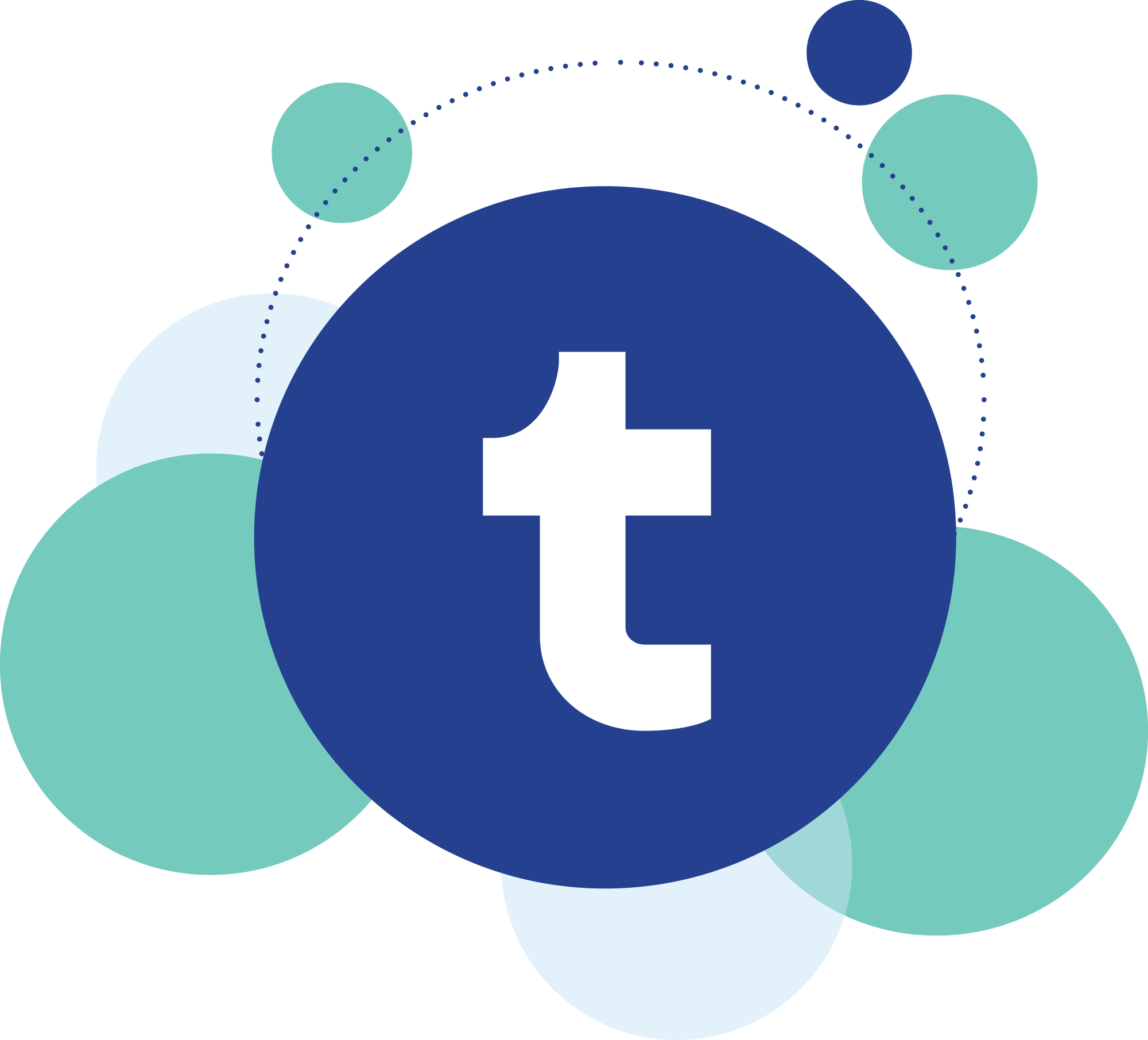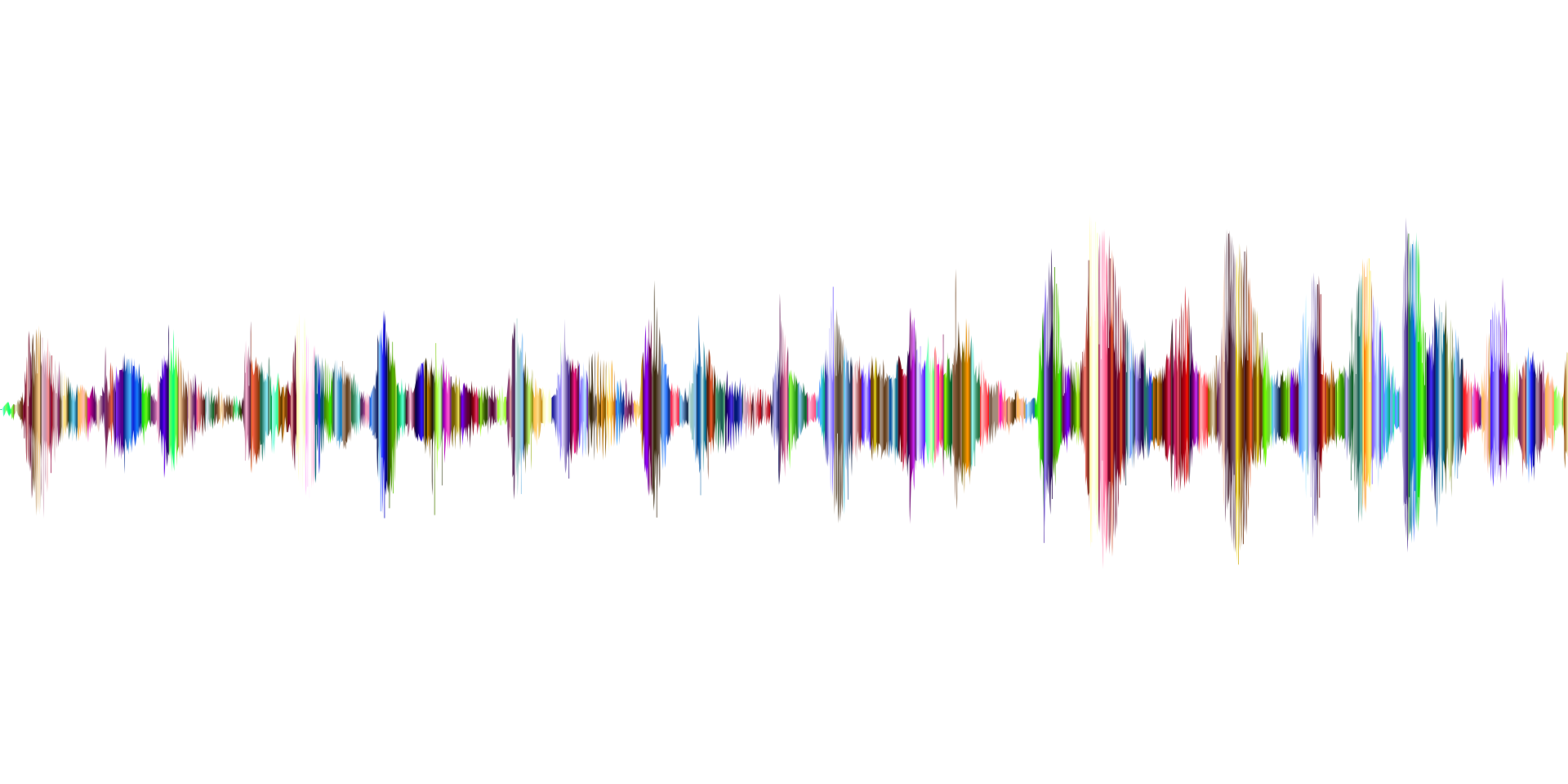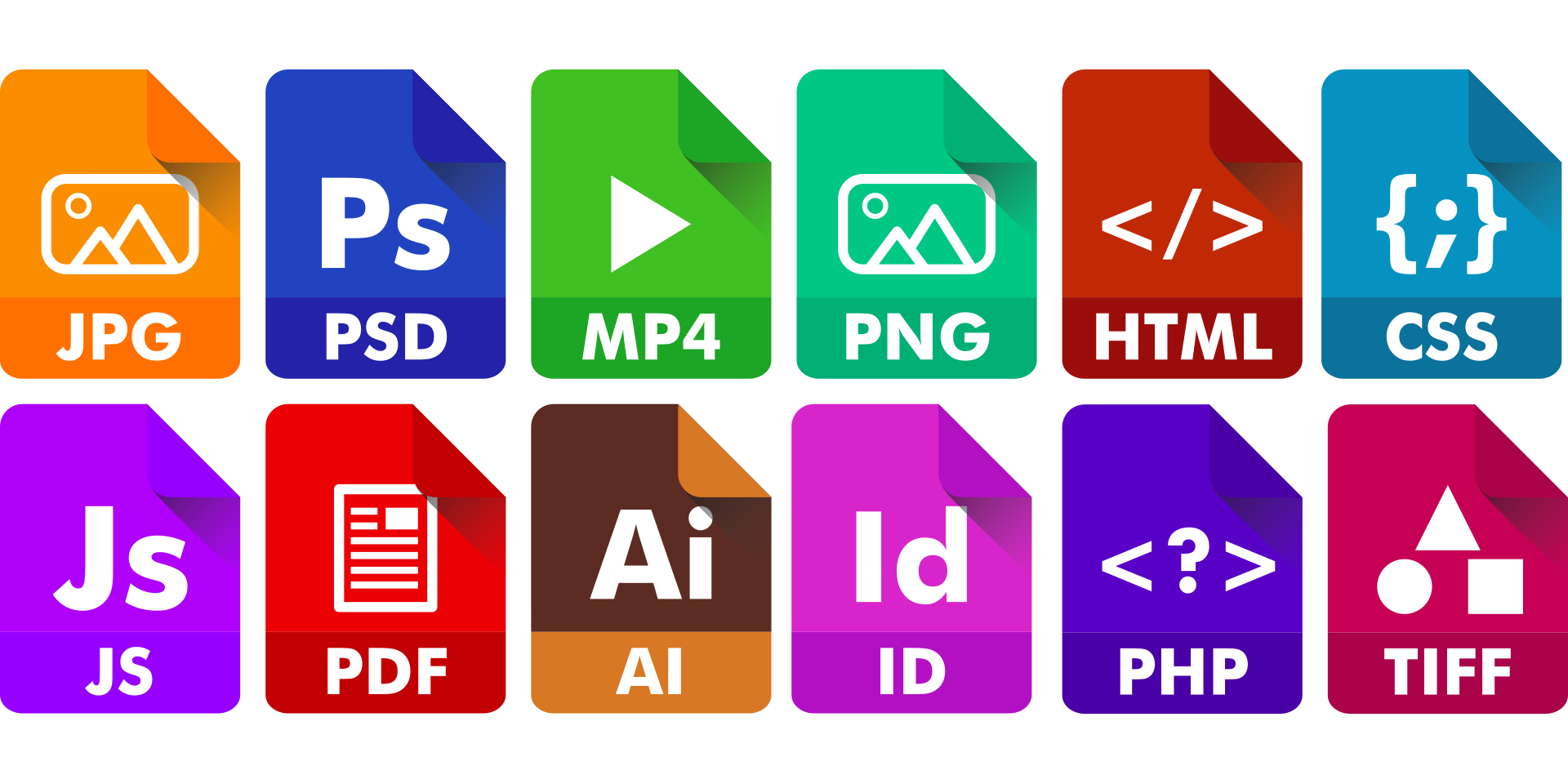When you have a busy workday, it’s great when you can find multiple ways to use your resources. Why should you waste time doing something twice, after all?
This is especially true when you put together a PowerPoint presentation. Presentations can take a long time to prepare. In addition to the text points, you often find graphics and images that you’d love to use again.
If you’ve ever wished there were a way to save files from your PowerPoint and reuse them, then it’s your lucky day! All you have to do is use the convert file function.
Converting a PowerPoint image, slide, or even an entire presentation into an image file isn’t hard. You only have to know the steps to take and what you want to use the image for. Once you know that, it’s a piece of cake!
So if you’ve been wondering how to get multiple uses out of your PowerPoint, now’s your chance! Read on to learn how to convert PowerPoint components into image files!
Converting PowerPoint Objects
To convert an object into an image file, there’s a very straightforward process. This process allows you to convert a single object or even multiple objects within a slide to an image file.
First, select your object by clicking on it. Then, right-click on the object. You’ll see a menu appear, which should include the option “Save As Picture.” Select this option.
You will then have a pop-up box that offers you the chance to name your file and select the type of file you want. Most likely, the default option for this will be a Portable Network Graphic (PNG) file.
If you wanted to save multiple objects as a single image, such as the title text box and the body textbox, the process is easy to adapt. This time, when you select your object, hold down the Ctrl key and select your other objects.
Once again, right-click, “Save as Picture,” and select the file type. Now, we mentioned before that the default would likely be a PNG file. There are a few benefits to PNGs you should know.
PNGs are an ideal file type for online usage. You typically use these for graphics, charts, and other purposes suited to websites. If you are hoping to post your new image online, a PNG file is an excellent choice.
Furthermore, this PNG is transparent. This means the background of your PowerPoint slide will not show up in the new image.
However, PNGs are not ideal for every situation. Sometimes, there are better choices when converting files into images. We’ll examine one of these next.
Convert to PDF File
What if you need to send your PowerPoint presentation or a portion of it to somebody, but they can’t open a PowerPoint? While this situation is somewhat unusual, it’s not unheard of.
In many cases, Google Drive is becoming a more widely used software. Some opt not to use Microsoft Office in favor of the free Google tools. Sometimes, by opening a PowerPoint in Google Slides, formats change.
To avoid this problem, you can convert to PDF file. PDF files are universal, able to be opened regardless of what software you use. Converting a presentation to PDF can be done in a few ways.
First, you can do it within the PowerPoint itself. Click on File, then select Export. From there, select Create PDF/XPS Document. Next, select Create PDF/XPS. When the dialog box comes up, choose where to save the file
Alternatively, you can use online tools to convert your PowerPoint to a PDF in seconds. All you have to do is upload the presentation and click the file type you’d like to save it as.
Another advantage to saving a file as a PDF is that PDFs can easily convert to other file types.
You can use the same online tools mentioned above to convert PDF to a JPG file, for example. This would be particularly helpful if your PowerPoint contained photographs whose quality you wanted to preserve.
Convert File to SVG
You may not have heard of an SVG file, but believe it or not, over 30% of all websites use them. If you’re unfamiliar with these, don’t worry. They’re pretty straightforward.
SVG stands for Scalable Vector Graphic. SVGs come through Adobe, particularly in software like Illustrator. They’re widely popular among web and graphic designers for the following reason.
Unlike JPGs, which are the more popular counterpart to an SVG, SVGs do not break images down into pixels. Instead, it uses data called vectors.
Vectors are mathematical data that tell a computer to create graphics based on magnitude and direction. This means they can render intensely vivid images like a photograph, but without it becoming pixelated.
Moreover, SVG files are compact. They do not consume a lot of data, which makes them competitive with compressed JPGs.
Converting a PowerPoint has its advantages. SVGs are excellent for scaling upwards, allowing your slide to become, say, a poster.
Thankfully, PowerPoint 365 makes it easy to save a slide as an SVG. All you have to do is select the slide from your side menu by clicking on it. Then, right-click and choose Save As.
You will see a whole list of options; scroll down until you see Scalable Vector Graphics Format. Select that, and when the dialog box shows up, name your file and select where to save it. It’s that easy.
Save Time: Convert File
Converting your files into multiple formats and file types can save you plenty of time in your workday. You can use these other versions for many purposes beyond what PowerPoint would allow by learning convert file functions.
The best part is, converting files is so straightforward! If you don’t believe us, try it out. You’ll find it takes no time and creates useful backups for you.









